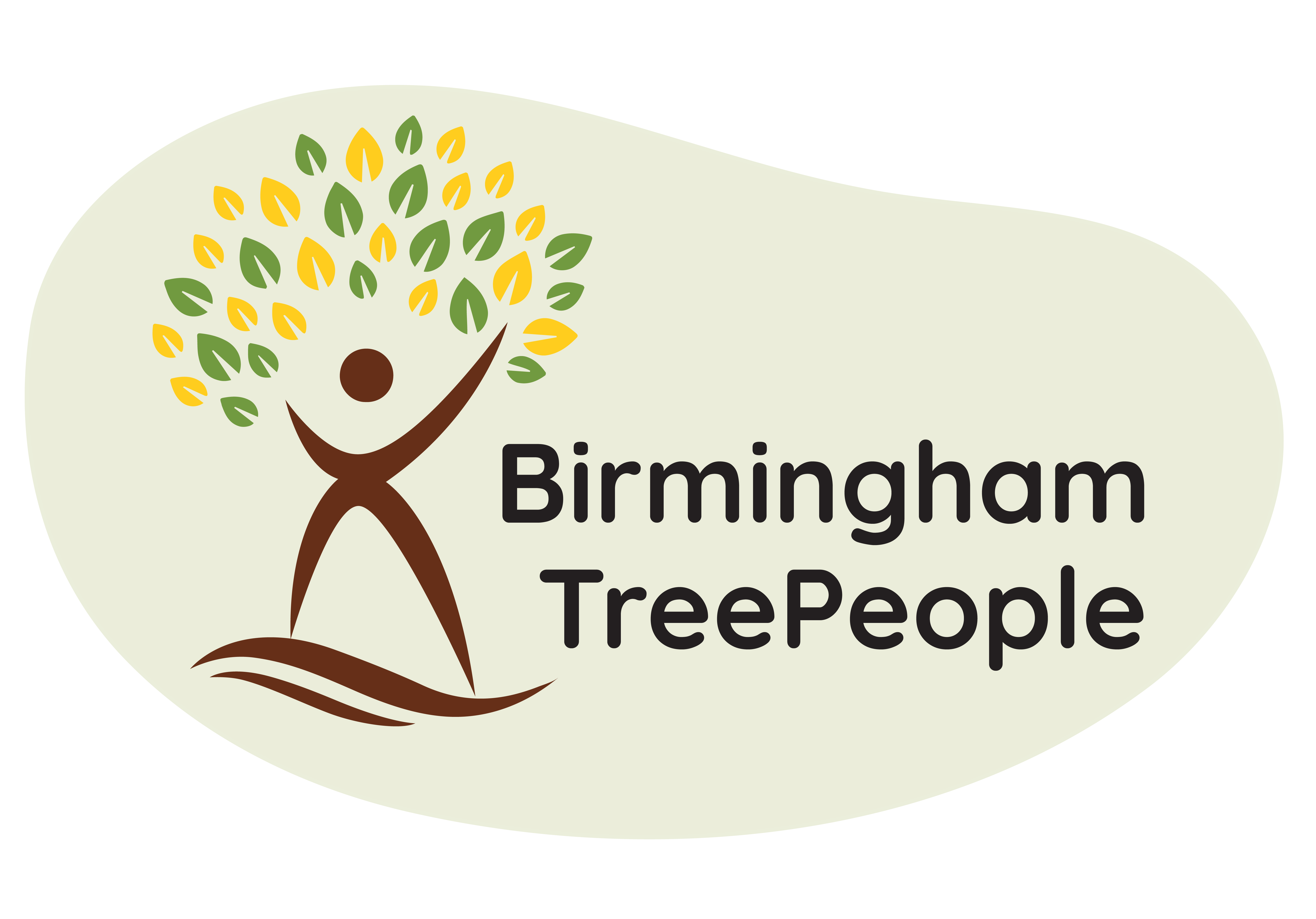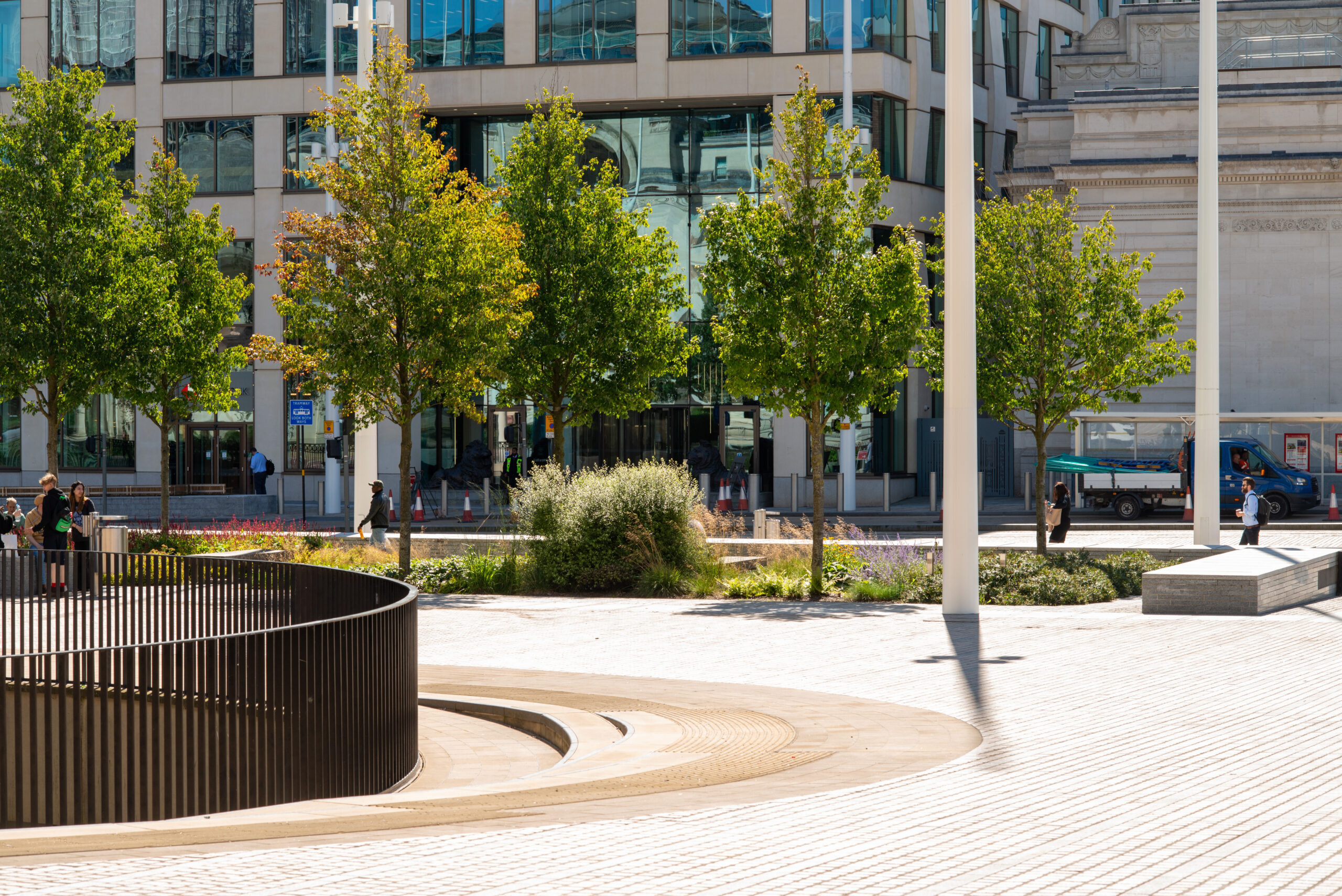Buying High-Quality Trees
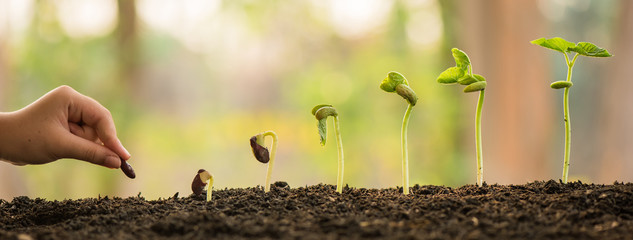
When you undertake tree selection for planting, you need to buy a high-quality tree, and plant it correctly. If you do, you and your tree will benefit greatly, in many ways, for many years.
When you buy a low-quality tree during the tree selection process, you and your tree will have many costly problems, even if you take great care in planting. But what determines the quality of a tree?
A low-quality tree has: > Crushed/circling roots in a small root ball or container > A trunk with mechanical wounds or incorrect pruning > A weak form: multiple stems squeeze against each other, or branches squeeze against the trunk
A high-quality tree has: > Enough sound roots to support healthy growth and future establishment > A trunk free of mechanical wounds and incorrect pruning > A strong form with well-spaced, firmly attached branches
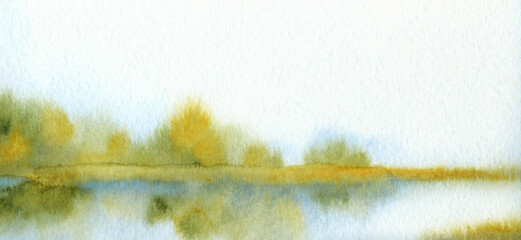
Potential Problems during Tree Selection
When selecting and buying a tree, we have to inspect carefully, to make sure it doesn’t have problems with roots, injuries, or form. Remember the acronym RIF.
Any of the following problems, alone or in combination with the others, will greatly reduce the tree’s chances for a long, attractive, healthy, and productive life.
Root Problems
Roots on trees for sale are available with three types:
1. Bare-root: no soil, usually on small trees
2. Root-balled: roots in soil held in place by either A. fabric or B. wire basket
3. Container-grown: roots and soil in a container

1. Bare-Root
Bare roots shouldn’t be crushed or torn. The ends of the roots should be clean cut. If some roots are crushed, re-cut them to remove the injured portions of the root.
Use sharp tools and make straight cuts. Do not paint the ends. Make the cuts immediately before planting and watering to ensure the tree remains healthy.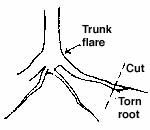
Take care of your roots!
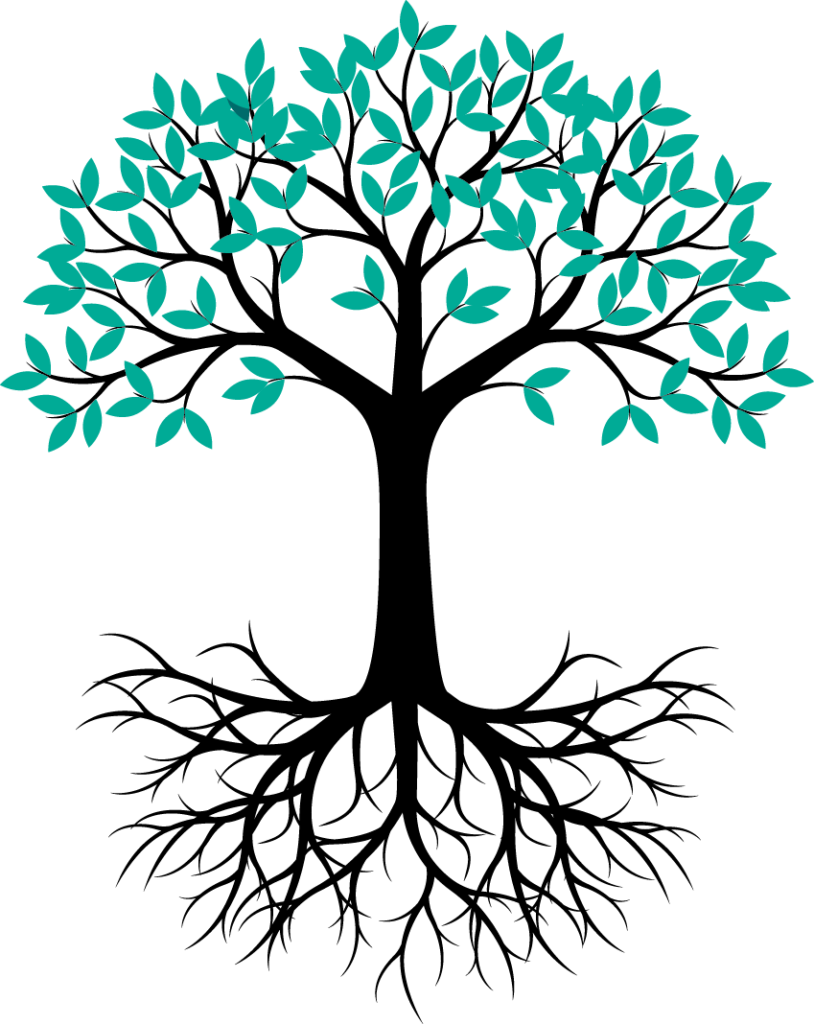
2. Root-Ball
The diameter of the root ball should be at least 10 to 12 times the diameter of the trunk, as measured 15cm above the trunk flare.
Fabric
After placing the root ball in the planting site, cut the ties and carefully pull away the fabric. Examine any roots that protrude from the soil. If many roots are obviously crushed or torn, the tree may have severe growth problems, and it should be rejected. If only a few roots are injured, cut away only the injured portions. Use a sharp tool. Take care not to break the soil ball.
Basket
Place the basket into the planting site. Cut away at least the top two wires without disturbing the root ball. Inspect exposed roots for injuries. If many roots are injured, the tree may have serious growth problems, and the tree should be rejected. If the trunk flare has been buried, gently expose it before planting the tree, taking care not to damage the bark.
3. Container-grown
Containerised roots should not twist or circle in the container. Remove the root ball from the container. Inspect the exposed larger roots carefully to see whether they are twisting or turning in circles. Circling roots often girdle and kill other roots. If only a few roots are circling, cut them away with a sharp tool. The tree should be rejected in extreme cases of girdling.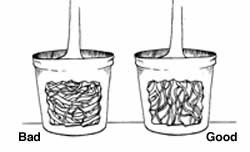
Trunk flare should be obvious. Be alert for trees planted too deeply in containers or trees “buried” in fabric bags. As with root-balled stock, you should be able to see the basal trunk flare with container-grown trees.
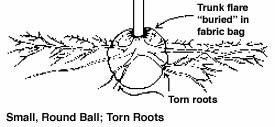
If the trunk flare has been buried, expose it before planting the tree, taking care not to damage the bark.
Injuries
Beware of injuries beneath trunk wraps. Never buy a tree without thoroughly checking the trunk. If the tree is wrapped, remove the wrap and inspect the trunk for wounds, incorrect pruning cuts, and insect injuries. Wrap is used to protect the trunk during transit and removed after planting.
Incorrect pruning cuts that remove or injure the swollen collar at the base of branches can start many serious tree problems: cankers, decay, and cracks. Incorrect pruning cuts that leave branch and leader stubs also start disease and defect problems: do not leave stubs.
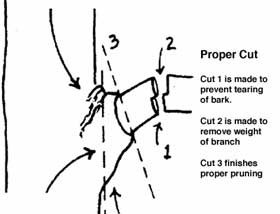
A correct pruning cut removes the branch just outside the collar. A ring, or “doughnut,” of sound tissues then grows around the cut. Do not make cuts flush to the trunk.
The closing tissues may form only to the sides of the flush cuts. Trunk tissues above and below flush cut branches often die. When the heat of the sun or the cold of frost occurs, cracks, or long, dead streaks may develop above and below the dead spots.
Form
Good, strong form, or architecture, starts with branches evenly spaced along the trunk. The branches should have firm, strong attachments with the trunk. Squeezed branches signal problems. Weak branch unions occur where the branch and trunk squeeze together.
As the squeezing increases during diameter growth, dead spots or cracks often begin to form below where the branch is attached to the trunk. Once this problem starts, the weak branch attachment could lead to branches cracking or breaking during mild to moderate storms.
Splitting
When several branches are on the same position on the trunk, the likelihood of weak attachments and cracks increases greatly. As the branches grow larger and tighter together, the chances for splitting increase.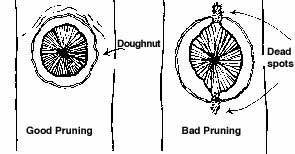
Avoid trees with two or more stems squeezing together. As stems squeeze together, cracks often form down the trunk. The cracks could start from squeezed multiple leader stems or where the two trunks come together.
Multi-Stem
A tree with several trunks, such as multi-stemmed Birch, should be well separated at the ground line. Remember, trunks expand in diameter as they grow. Two trunks may be slightly separated when small, but as they grow in girth, the trunks will squeeze together and push each other apart.
Early Signs
Look for early signs of vertical trunk cracks. Examine branch unions carefully for small cracks below the unions. Cracks are major starting points for fractures of branches and trunks. The small cracks could be present for many years before a fracture happens. Always keep a close watch for vertical cracks below squeezed branches and squeezed trunks.
Pruning
Remove broken or torn branches at the time of planting. After a year, start corrective pruning by removing the branches that died after planting. If your tree has only a few minor problems, corrective pruning may help. Start formative pruning after corrective pruning is complete. Space the pruning over several years.
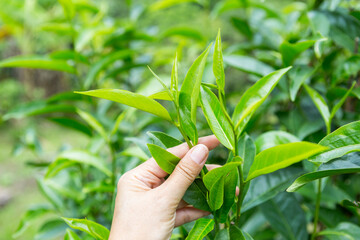

Trees have dignity, too. Most nurseries produce high-quality trees; when you start with a high-quality tree, you are giving that tree a chance to express its dignity for many years. When in doubt, remember RIF.
Ian McDermott
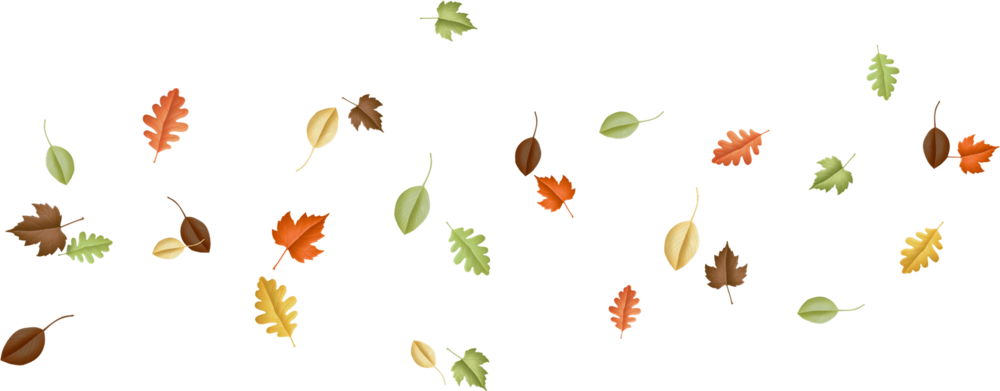
Species List
Download our recommended species selection list below, or click here to read about it on our website.

Species Brochures
Have a look at our tree selection for the 2023 National Tree Week planting:
Additional Sources

